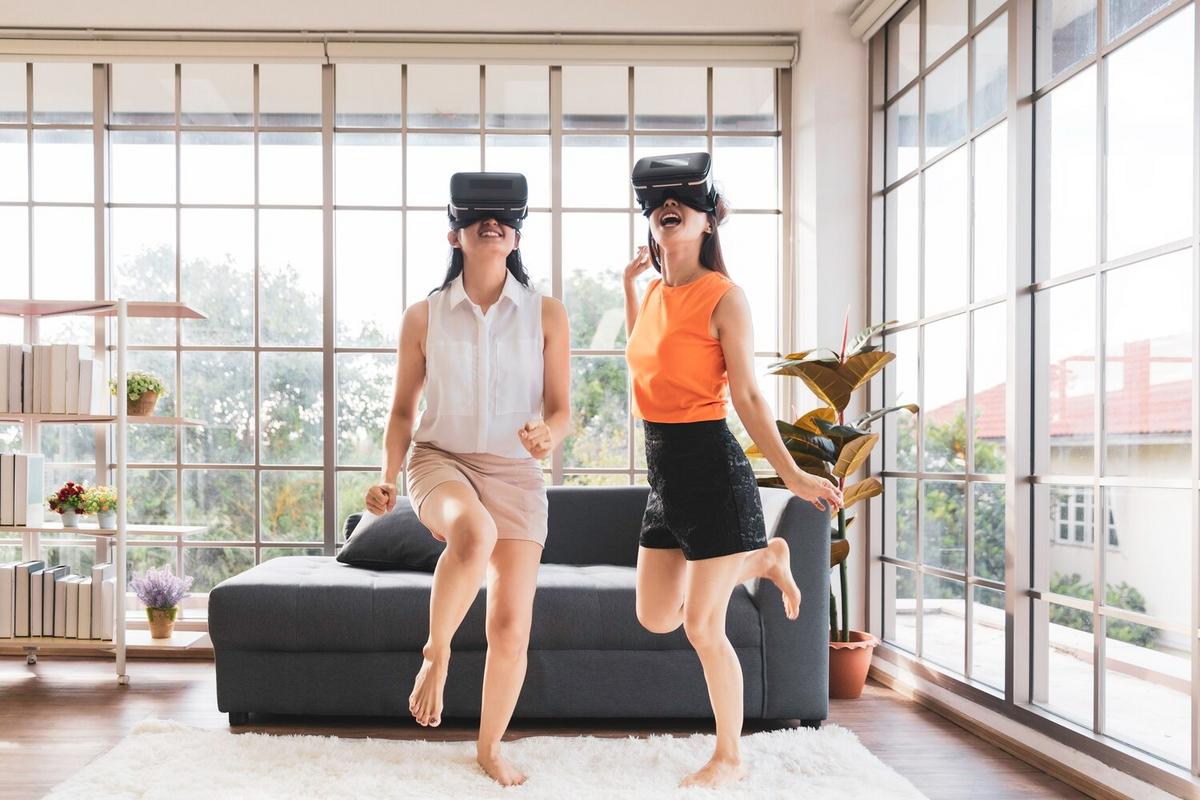The Role of Augmented Reality in Personalized Beauty Experiences
Augmented Reality (AR) is transforming the beauty industry by offering personalized experiences that cater to individual needs and preferences. As skincare and beauty enthusiasts seek more tailored solutions, AR technology steps in to bridge the gap between virtual experimentation and real-world application.

Augmented Reality (AR) is transforming the beauty industry by offering personalized experiences that cater to individual needs and preferences. As skincare and beauty enthusiasts seek more tailored solutions, AR technology steps in to bridge the gap between virtual experimentation and real-world application.
Augmented Reality has found its way into the beauty sector by providing consumers with innovative ways to interact with products. This technology allows users to virtually try on makeup, experiment with different skincare routines, and receive personalized beauty recommendations without ever stepping foot in a store.
The Impact of AR in Beauty
According to a report by Statista, the global AR market is projected to reach a value of $198 billion by 2025. This growth is largely driven by the beauty industry’s adoption of AR to enhance customer experience. Leading beauty brands are integrating AR into their platforms, offering users the ability to experiment with products through their smartphones or tablets.
Expert Opinions
Beauty tech expert, Lucy Chen, notes, “AR technology is revolutionizing how consumers engage with beauty products. It not only enhances the shopping experience but also builds consumer confidence by allowing them to visualize products on their own skin.”
How AR Personalizes Beauty Experiences
Augmented Reality personalizes beauty experiences by analyzing individual facial features and providing tailored product recommendations. For instance, skin analysis apps can assess skin type, tone, and texture, offering customized skincare routines that cater to specific needs.
Personal Anecdote
Amy, a skincare enthusiast, shares her experience: “Using an AR app, I discovered a foundation shade that perfectly matched my skin tone, something I struggled with for years. The app’s ability to simulate different lighting conditions made all the difference.”
Actionable Tips for Using AR in Beauty
- Download a trusted beauty AR app.
- Ensure your device’s camera is clean for accurate analysis.
- Experiment with different products and settings to find your perfect match.
Comparison Table: Traditional vs. AR Beauty Shopping
| Aspect | Traditional Shopping | AR Shopping |
|---|---|---|
| Product Testing | Physical samples | Virtual trials |
| Personalization | Limited | Highly tailored |
| Convenience | In-store visit required | Accessible anywhere |
| Cost | Potential for wasted purchases | Reduces trial-and-error |
| Feedback | Immediate but limited | Detailed and data-driven |
| Environmental Impact | Physical waste from samples | Reduced waste |
| User Experience | Hands-on | Immersive and interactive |
| Time | Time-consuming | Quick and efficient |
Frequently Asked Questions
How does AR technology work in beauty apps?
AR technology uses facial recognition to map your features and overlay virtual makeup or skincare products onto your image in real-time.
Are AR beauty apps accurate?
While AR apps provide a close approximation, lighting and camera quality can affect accuracy. It’s recommended to use these apps as a guideline.
Can AR technology help with skincare?
Yes, many AR apps offer skin analysis features that assess your skin’s condition and suggest personalized skincare routines.
As AR continues to evolve, its role in the beauty industry will only expand, offering consumers more personalized and convenient ways to engage with skincare and makeup products. By embracing this technology, both brands and users can enjoy a more interactive and tailored beauty experience.